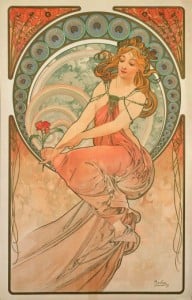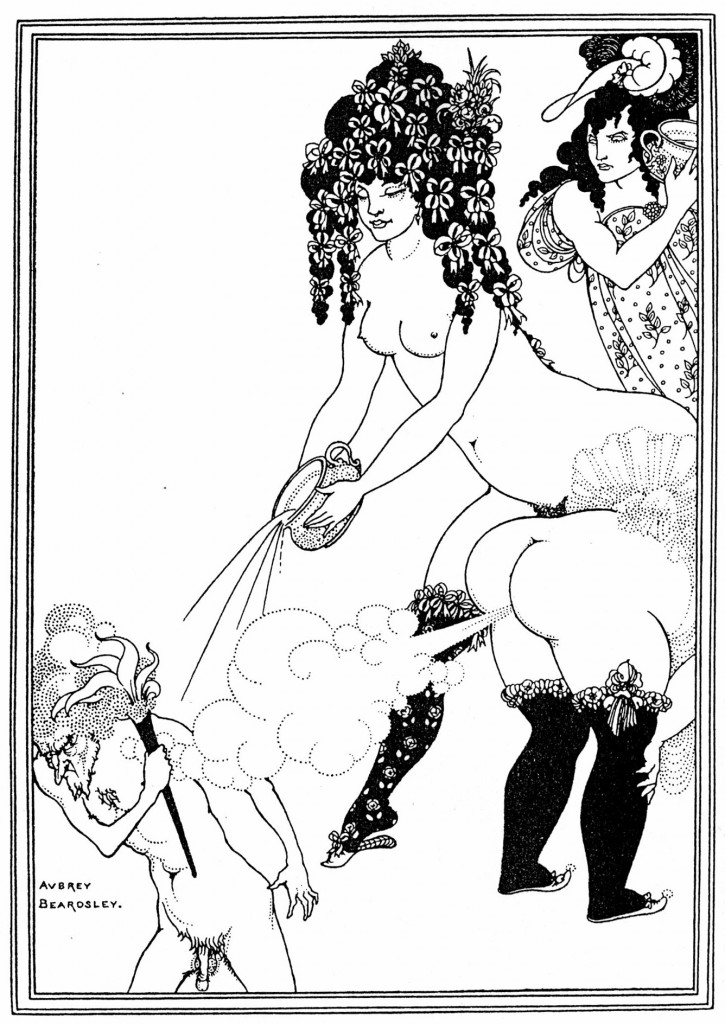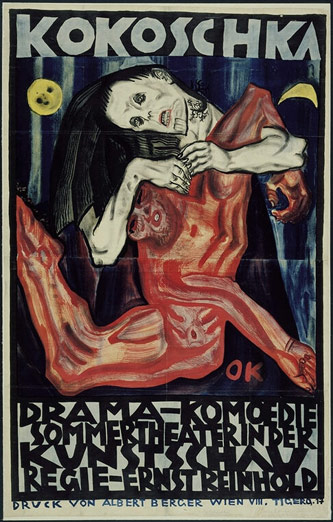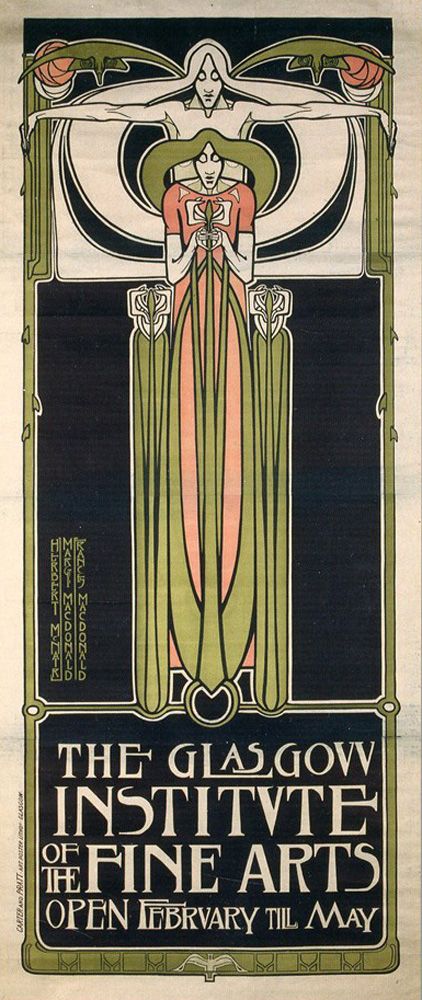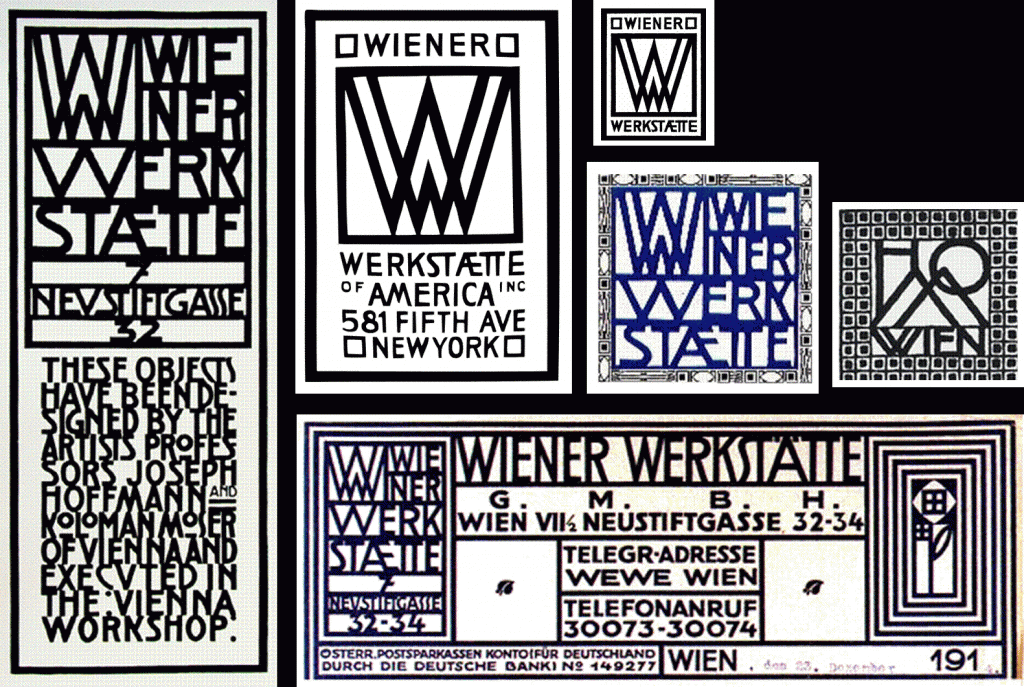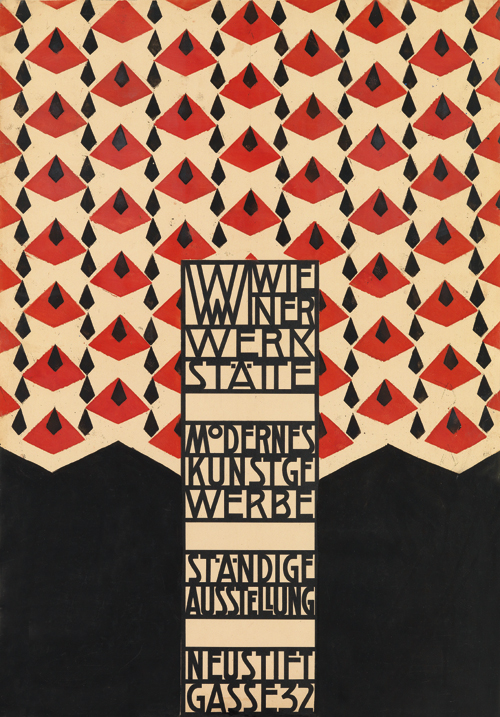Continuing in the subject of Art Nouveau, a very prominent distinction in the works developed can be seen depending on their place of origin.
For example, in France, it began as an effort to break away from the traditional historical styles and to give decorative artists equal status with painters and sculptors that were so highly regarded at the time. French artists had the opportunity to see works in the new styles by furniture makers, jewelers , and glass designers.
Whereas for example, in Germany, Art Nouveau became commonly known through an artistic journal, published out of Munich that appraised and upheld the new artistic movement. The magazine was pivotal in promoting the style throughout Germany. As a result, its name was adopted using the most common German-language term for the style: Jugendstil (“youth style”). Although in Germany, during the early 20th century, the style was applied primarily to only two-dimensional examples of graphic arts, influenced by German magazines, it later became applied to more general representations of Art Nouveau within visual arts in Germany.
Observing how a style can differ and develop through the handling and teaching of the society it resides within is very important because of how the same principles come into play with todays society. The understanding of how through that social connection we motivate the future creation of art and design that is to come.


